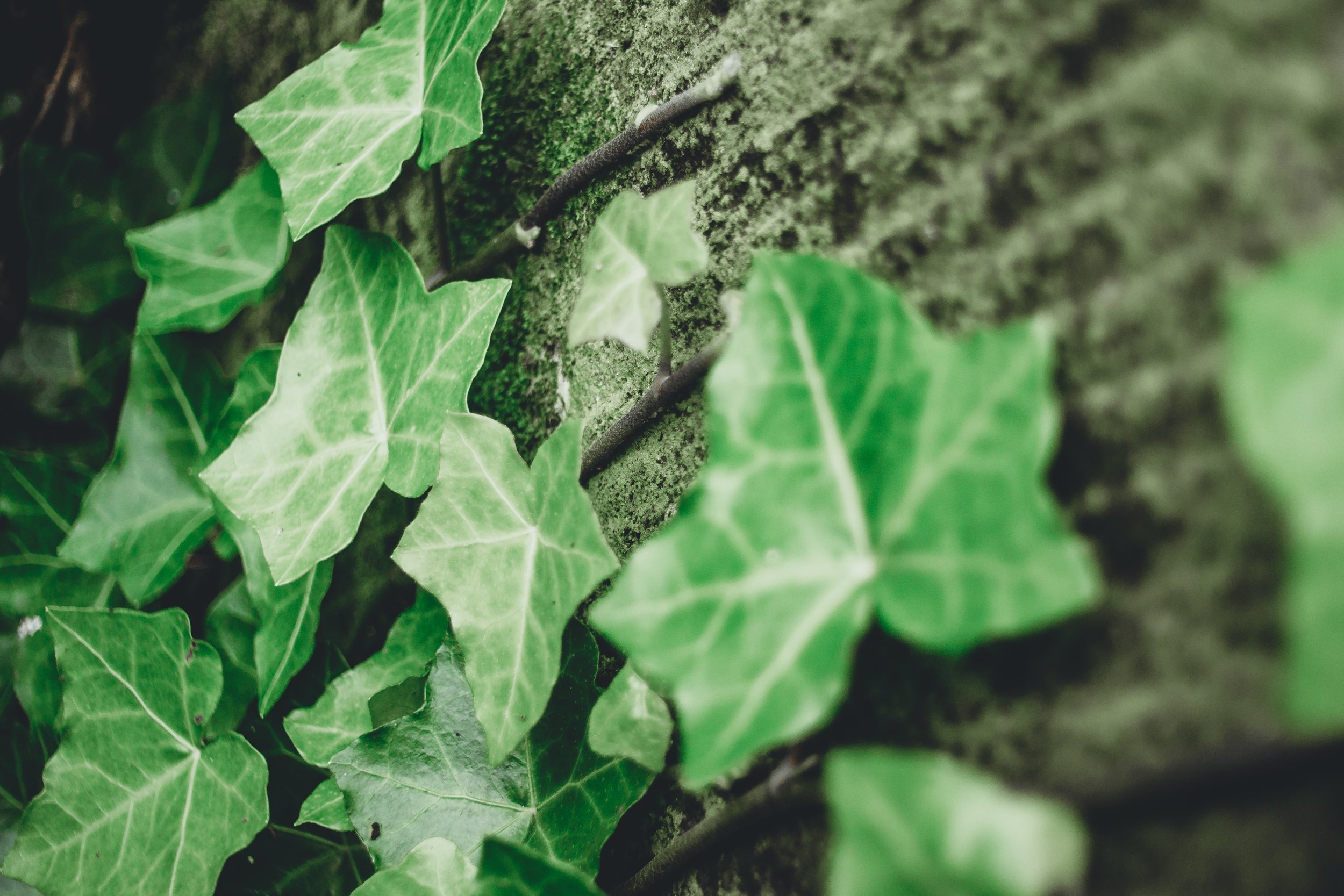Adapting Pentax 110 lenses to Micro Four Thirds
Pentax 110 lenses can very easily be adapted to micro four thirds cameras.
The 110 “sensor” size is just about m43 sized so you don’t even need a fancy or expensive adapter to do it.
Are these lenses ridiculously small? Yes.
Are they capable? I think so.
And either way, it’s a ton of fun. Let’s check out the results!
I bought:
The Pentax 110 film camera,
18mm f2.8 lens,
24mm f2.8 lens,
50mm f2.8 lens,
For a grand old total of £38 from eBay. The adapter to connect the lenses to micro four thirds cost about £15, so for around £50 I’ve got three super fun lenses to play with and a film camera that’s in perfect working order (and also super cute). This totally makes me nerd out. I love bargains! I love lenses! I love lens-bargains!
Pentax 110 lenses
You can really get some bargains
Pentax 110 24mm 2.8 lens
The first, and smallest lens is the absolutely dinky 24mm f2.8. You probably wouldn’t be surprised if this fell out of a Christmas cracker.
But don’t let the size fool you.
Now, if you’re looking for pin-sharp optics and more modern-standards of sharpness, this is not the lens for you. However, if you don’t mind a bit of character in your images, then feel free to stick around!
The edges of the 24mm — of all three of the Pentax 110 lenses, to be honest — are quite soft. You can see it most prominently on the street photo below. However, when you stick the subject in the middle of the frame — like the dog photo (say hi to Seven, my border collie!) — the soft edges actually enhance the overall image and draw your eye. So perhaps it’s all about playing to these lenses’ strengths in order to get the most out of them.
These lenses are all plastic build quality, but VERY dense and very sturdy plastic. They’re over 40 years old and they look brand new. They’ll look that way for a long time to come, too.
Pentax 110 18mm f2.8 lens
This one is the second smallest of the bunch, the 18mm.
I should mention that all these lenses are pinned at f2.8. This really isn’t much of a problem for photography — you can just ramp your shutter speed to let less light in — but it can be a pain in the backside for video. There are tutorials online to adapt ND filters to them, to cut out some light, but as I’m generally a cheapskate and a lazy git, I also ramped my shutterspeed for video testing too. The results aren’t that bad? (video examples at the end).
The 18mm is slightly wider but has very similar characteristics to the 24mm. I still can’t believe I’ve got some decent photos out of this impulse buy, to be honest!
Pentax 110 50mm f2.8 lens
This one was my least favourite, but as they say, it is isn’t the lens; it’s me. I was out on a photowalk that didn’t really play to its strengths. Because it’s probably a portrait lens, let’s be honest.
It’s a longer focal length, and it almost looks like a regular sized lens if you squint a bit.
Because of the longer focal length, finding focus was a bit more of a challenge when taking photos of nature. As well as the 2.8 aperture making the focus plane very narrow indeed, the minimum focus distance is also a good two feet away. So framing your subjects, if they’re small and not of the human variety, can be quite… er… fun.
I’m sure if I had used a model to trial this lens, I’d have had much better results.
The actual Pentax 110 camera
You can still get 110 film quite easily. I got mine from lomography.com.
I fully intended to shoot two rolls and get them developed but I haven’t yet. This always happens with me and film cameras. I have a fair few in my collection (OM1, K1000, Diana F+ etc) and I always start with the intention of using and developing. Well, I shoot the film. The developing part I always seem to stall on.
Hopefully I’ll update this blog in a few weeks (or months) with some photo examples from the Pentax 110. But to be honest the main reason I bought the bundle was for the lenses, so the camera is just a super cute bonus for me.













